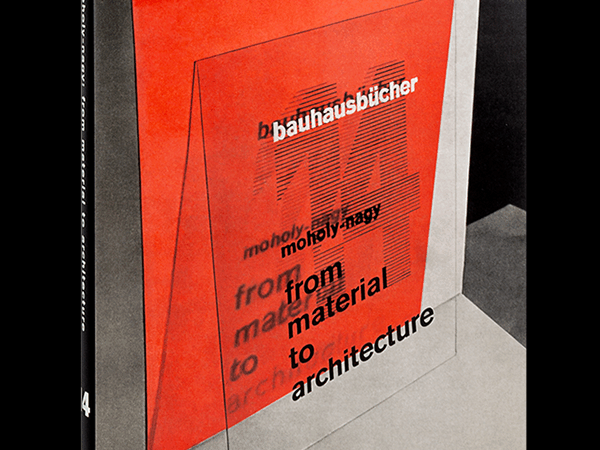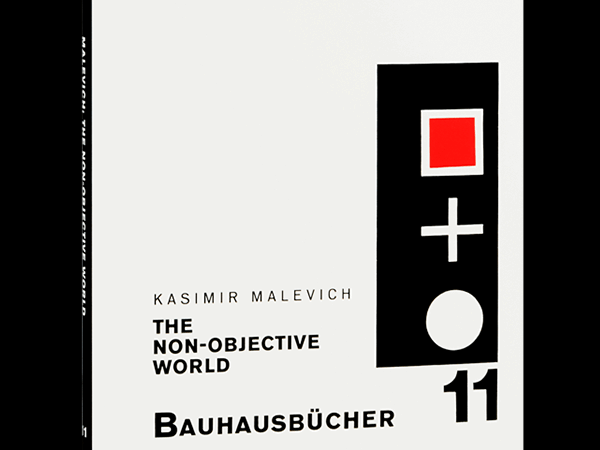THE CRPG BOOK, from the UK’s Bitmap Books, is the culmination of years of work by over a hundred contributors. It’s one of the most comprehensive histories of CRPGs ever written, and features in-depth review-style writeups of over 400 games, along with essays on the ancient history of role-playing games (going all the way back to the Prussian Empire), the early days of MUDs (multi-user dungeons, the earliest online games), the archaic but impressive PLATO computer system, and the importance of paper manuals and hand-drawn maps. There are also comparisons of games on different systems, revealing the huge differences in graphics and sound one could expect on various platforms.
Unlike early console games for systems like Atari or the Commodore 64, which were marketed mostly as toys for children, early CRPGs (short for “computer role-playing games”, as opposed to tabletop pen-and-paper games) were aimed at young adult and adult audiences. These games often required familiarity with pre-existing rulesets and the willingness to pore over long, dense instruction manuals filled with essential instructions and lore. As such, CRPGs are unique among videogames in that many of the most complex and difficult examples of the genre can be found at the beginning of its history.

Early examples of the genre were often punishingly difficult, with the programmed AI standing in as an inscrutable and unforgiving Dungeon Master who oversaw the proceedings while offering little in the way of tutorials, save points, mapping, or any clues whatsoever that the player was on the right track. As a consequence, many of the earliest CRPGs have active communities to this day, who take advantage of both the easy communication afforded by the internet and levels of computing power that were incomprehensible in their original era. These include games such as Rogue (the notoriously difficult 1980 title whose randomly generated levels and permadeath mechanic gave us the term “roguelike”), Nethack, Angband, Dungeon Master, and the dozens of games that make up the sprawling Ultima and Might and Magic series.

Rogue, the devilishly difficult, endlessly fascinating, procedurally generated game that gave the world the term “roguelike”. Image by Michael Toy, Kenneth C.R.C. Arnold, Jo, licensed via Creative Commons.
The CRPG Book is the brainchild of Felipe Pepe, who has led the project since its inception and serves as its chief editor. His unique history with CRPGs makes him an unlikely yet perfect leader for such a project: growing up in Brazil in the 1980s, games were nearly impossible to come by, and he had to rely on copies that had been smuggled into the country on floppy discs. As these bootlegged copies were only in English and had none of the essential manuals, his early experience was one of frustrating trial-and-error: “I spent months playing Krondor, exploring its large world, but never even left the first chapter. My biggest achievement was brute-forcing a riddle chest.”
The 1990s saw new social and economic opportunities come to Brazil, including never-before-available games and consoles, and when Pepe left his small town to attend college in the 2000s, the newly available internet provided access to the RPG community he had never had in his youth. He spent the next decade on the forums of numerous RPG sites, including RPG Codex, which would be the launching point for what would become The CRPG Book.

Originally published online as a free PDF download, the 500-plus pages of text and thousands of screenshots that made up The CRPG Book made the prospect of a print edition challenging. In 2018, Bitmap announced they would be publishing the book. They’ve done an admirable job bringing the book into physical existence, parlaying their extensive experience documenting the history of videogames (including The Art of Point and Click Adventure Games and NES/Famicom: A Visual Compendium) into a comprehensive whole, which feels well-organized despite its daunting size.
The core of the book is its hundreds of game reviews, which appear chronologically, starting with Beneath Apple Manor (1978) and ending with Pillars of Eternity (2015). Alongside the reviews, which cover the development history of (and response to) each of the titles, the book also gives trivia and updates on the current state of the game in boxes below the text and in the margins. These asides, which cover everything from emulated versions to online communities to ongoing development updates, are a welcome distraction from the sometimes dense main texts, many of which necessarily cover similar ground.

The book never outright defines what a CRPG is, instead choosing to dive into decades of classic (and not-so-classic) games and letting the generous spread of titles on display do the work of fleshing out the genre’s parameters. And herein lies its greatest strength: the exuberance its army of volunteer writers have for their subject. Many of the contributors have clearly chosen to write about their favorite game or games, and their excitement for the often flawed but still thrilling experiences CRPGs can offer is addictive to read. Still, while the reviews contain plenty of subjective details and their fair share of nostalgia, the writing overall shows a great deal of restraint and rigor when it comes to its subject. Even the undisputed classics are approached with a critical eye, and rightful praise for the genre’s early trailblazers is tempered with fair (and frequent) criticisms of the irregular pacing, difficulty spikes, broken or dull combat mechanics, and inscrutable puzzles that plagued so many early contributions.

Wasteland, precursor to the immensely popular post-apocalyptic Fallout series. Image via the CRPG Book Project.
While the book’s overall chronological structure provides a fairly straightforward progression, listings for the more minor games often include all the game’s sequels within a single review. This can be a bit disorienting, as some reviews include titles spanning decades, while series like Ultima and Fallout have multiple entries throughout the book. Additionally, some games are only included retroactively in later iterations’ listings: Demon’s Souls (2009), for example, lacks a listing of its own, and is only mentioned in the review of Dark Souls (2011). Fortunately, the book includes an index of games by title, allowing readers to track down nearly any of the games mentioned.

The book is clearly a labor of love, and the joy and humor with which the hundreds of contributors approach their respective game reviews gives the book a breeziness that defies its encyclopedic structure. (This tone and sense of community spirit also makes the typos, of which there are many, easier to forgive.) The book’s transition from a downloadable PDF to a physical edition has been handled beautifully, with thousands of faithfully reproduced screenshots and a clear, easy-to-read layout. No mere retro trip, this is a full-fledged manual for players of all levels who want to engage with these classic games in the modern era.

All profits from the sale of the book are donated to Vocação, an organization benefiting underserved youth in Brazil. It’s a fitting move for a book that, as the editor says in the introduction, “a gift to my younger self – and to anyone who might feel lonely like I did.” It’s a lovely full-circle act from someone who went from discovering games alone to leading an international project, and in the process documenting nothing less than the history of a genre.
The CRPG Book
Bitmap Books
528pp, hardcover, £29.99
Photo/image credits: except where noted, photography by Chris Daw, images © Bitmap Books.




